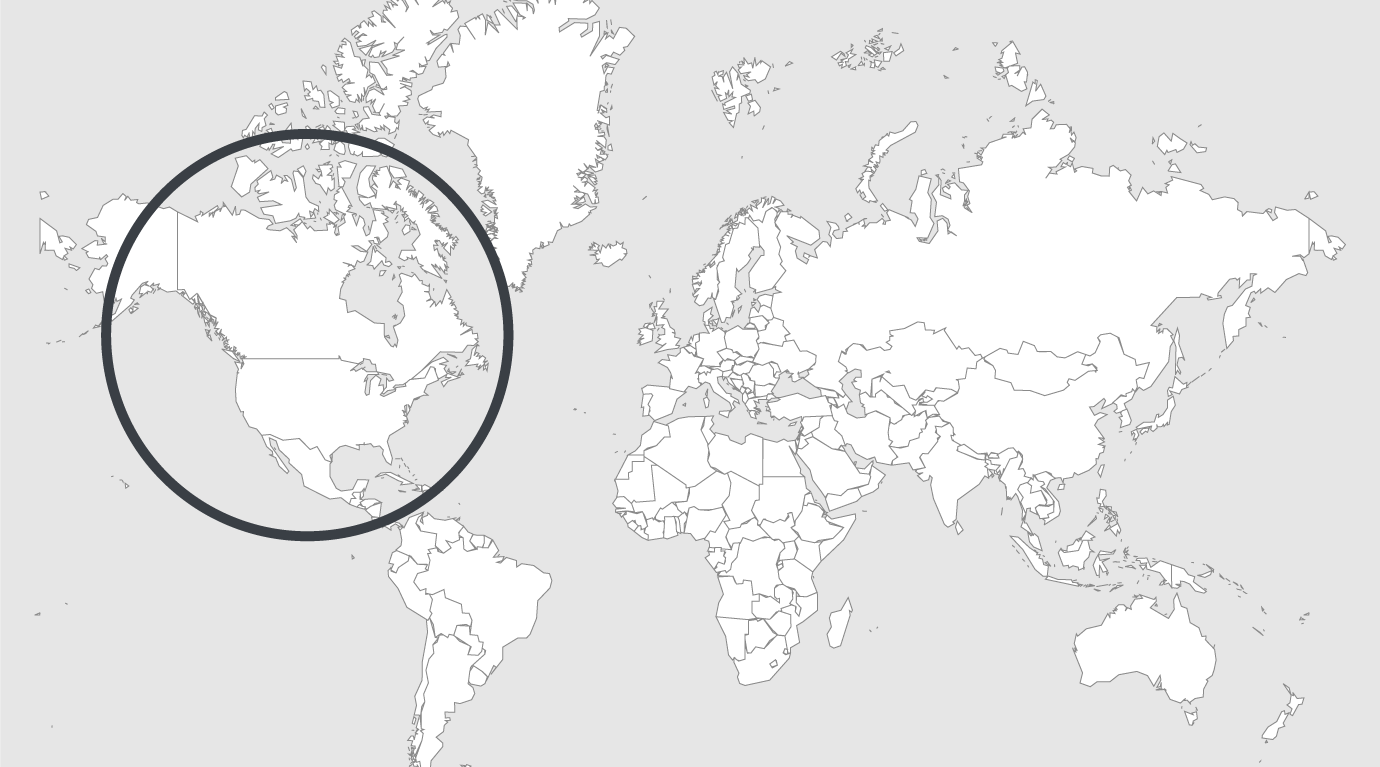
Explore
USA: climate change meets mass incarceration: California's incarcerated firefighters
The intersection of climate change and mass incarceration is not unique to California, but as the state experiences its deadliest and most destructive year on record for wildfires – including the second-largest in the its history – the state’s incarcerated firefighter Conservation Camp program has come firmly under the microscope.
With fresh air, no walls and better treatment than prison, these “fire camps” have been commended as a model for rehabilitation. However, with wages at a fraction of minimum wage, they have been condemned as an exploitative labor practice.
Often missing from this debate are the voices of the firefighters themselves, whose perspectives offer an important nuance of criticism and possible solutions.
“What worries me when I hear too much discussion about fire camp as a form of slavery, is that they’re focusing on perhaps the best part of the whole prison system,” formerly incarcerated firefighter Matthew Hahn told Truthout. “The firefighters are in the public, that’s why they are getting the focus. At the same time, they are living in perhaps the best conditions in the California prison system.”
Selena Sanchez, an incarcerated firefighter until last year, describes an experience far better than prison but full of hard work, false promises and extremely low pay. “I’m not going to paint a pretty picture of it,” she says. “They ran us like dogs.”
Still, Sanchez says she would return to fire camp if she found herself back in prison.
The Conservation Camp program, joined at times by other local county prison so-called “Honor Camps,” began in 1946 as a partnership between the California State Detentions Bureau – now the California Department of Corrections and Rehabilitation (CDCR) – and the California Department of Forestry and Fire Prevention (Cal Fire). It quickly grew to become a staple of fighting California’s wildfires, and has long been destination number one for prisoners serving time in the state prison system.
A nuanced look at the dynamics of this program, and the small percentage of prisoners eligible for participation, reveals that even though fire camps offer alternatives to prisoners being behind bars for all of their incarceration, the model has its shortcomings and should not be seen as a panacea to mass incarceration.
Mass Incarceration and the Fire Camps
Raised in Los Angeles, Sanchez was 12 when she was taken from her mother and placed in the foster care system. “I ran away, came back and ran away again,” she told Truthout. “I didn’t have much family or structure, and I returned again and again to what I knew best.”
By the time she was 18, Sanchez had already spent two years in LA County’s Central Juvenile Hall, which came under “serious allegations” concerning staff accountability, condition of the facilities and the misuse of solitary confinement last year. Within a year of her release, Sanchez was arrested once again and sentenced to two years in the California Institute for Women in San Bernardino, a state prison. By the time she saw freedom again, Sanchez’s older brother was also incarcerated.
“I would say most of the things that make people go to prison are structural,” she said. “I have plenty of friends who are stuck in the same setting I was stuck in. They have nowhere to go.”
Sanchez’s story reflects the context behind this country’s prison labor force: poverty, low-paying jobs, the criminalization of drug use and structural racism create cycles of imprisonment that disproportionately target young Black, Native American and Latino people.
When compared to California’s many prisons, the relatively better circumstances offered by the Conservation Camps should be viewed within this context of mass incarceration.
Read full article
